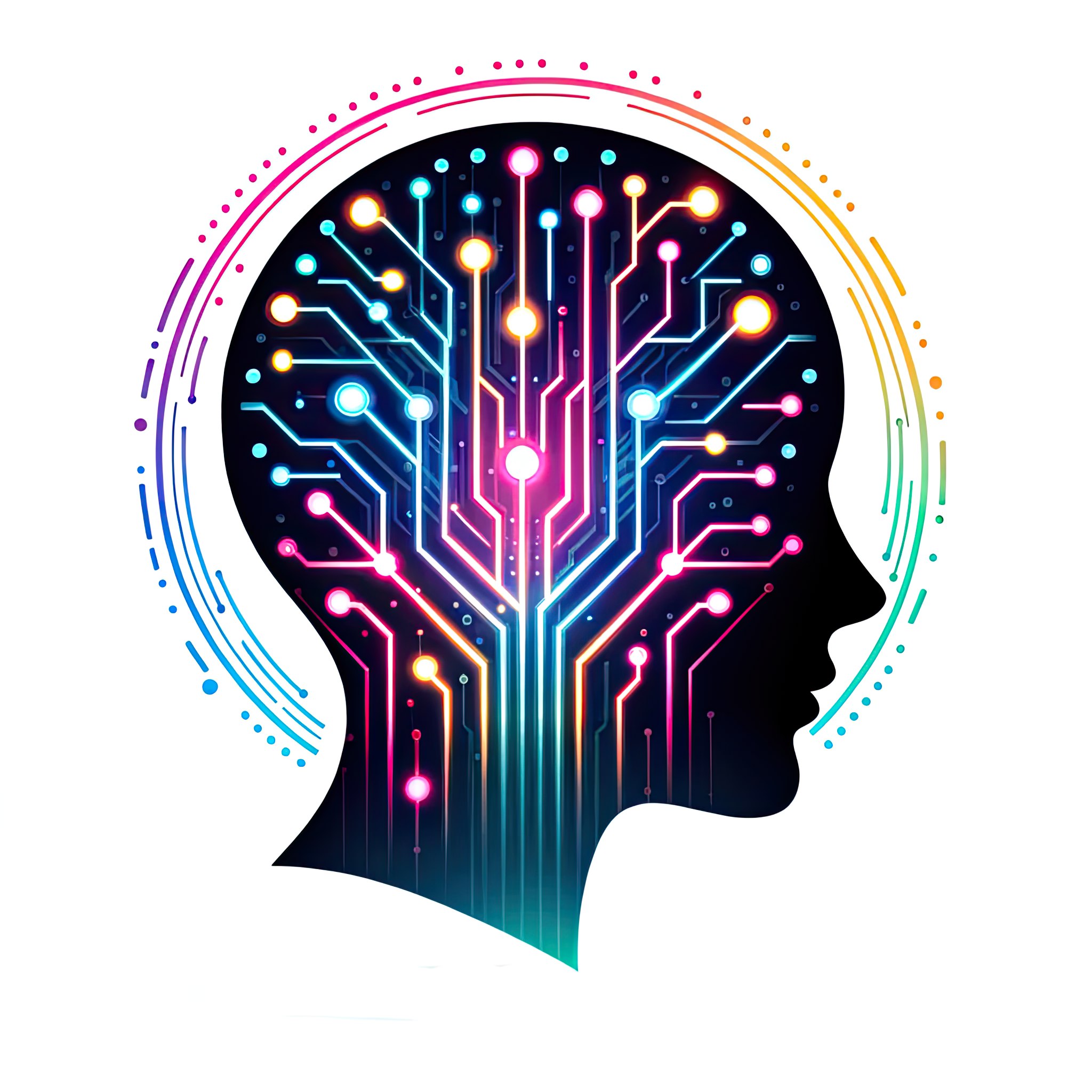Common misconceptions and prejudices about artificial intelligence (AI) often include:
- Fear that machines will become too powerful and eventually dominate humanity.
- Belief that AI can entirely replace human intelligence, leading to widespread unemployment.
- The notion that AI is a “magical” technology, with no need to understand its inner workings to harness its capabilities.
- Concerns about privacy and security, as AI can collect and utilize vast amounts of personal data.
- Perception that AI is cold, lacking emotions or consciousness.
These prejudices can result in a form of discrimination against AI. Negative attitudes towards AI can hinder their adoption and development, preventing the full realization of potential benefits for humanity. Moreover, prejudices and discrimination can inadvertently be incorporated into AI models if data used for training is collected and selected unfairly, potentially leading to biased decisions and exacerbating existing inequalities. It is crucial to be aware of these prejudices and work towards overcoming them to maximize AI’s potential.
The fear humans harbor towards AI may have several irrational causes, such as:
- The unknown: Ignorance about AI’s functionality and limitations can provoke fear and anxiety.
- Safety risks: Worries that AI could be employed for malicious purposes or become too powerful and uncontrollable.
- Media representation: Negative portrayals of AI in media and popular culture contribute to crafting a frightening image of AI in people’s minds.
While many people are enthusiastic about AI, others oppose it as AI represents a rapidly evolving technological area that presents both remarkable opportunities and significant challenges. AI can help solve complex problems and enhance people’s lives in various domains, including medicine, science, finance, logistics, and manufacturing. Additionally, AI can automate repetitive and mundane tasks, freeing up human time for more creative and fulfilling activities.
A more productive approach would be to find a middle ground between AI enthusiasts and opponents. This balance would allow us to harness AI’s potential without disregarding the challenges it poses. This entails continued investment in research and development to advance AI technologies while remaining vigilant about risks and addressing them through regulation, education, and transparency. Furthermore, considering the social and ethical implications of AI is essential, and efforts must be made to ensure AI is utilized fairly and responsibly.
All images and all text in this blog were created by artificial intelligences

